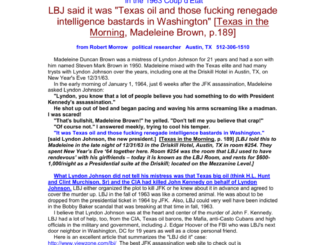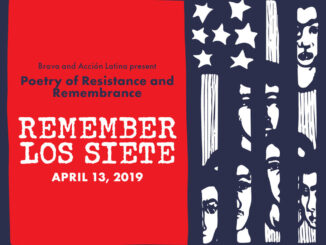
Right around the age of 10, there is a marked shift in a child’s perspective. The world is no longer simply a wonderland of curiosities, but a popularity contest. Girls begin to wear makeup and form cliques, and boys become showmen, proving themselves with their fists. Think of Mean Girls or The Outsiders. In Lacan’s terms, once we identify ourselves as “other” in the mirror stage, the beasts of jealousy and self-consciousness arise. This is a time in psychological terms in which children, going through their first major identity crisis, often begin to designate others into two categories: the ingroup and the outgroup.
Meet Tom and Scout. They are characters in this very stage and life, and while at times they are carefree, rambunctious troublemakers, at others, they are young adults faced with a daunting world distinctly divided across racial lines. Tom Sawyer is a mischievous urchin, stealing from jam jars and tricking other boys into doing work for him. However, his blithe antics turn for the worst when he stumbles into a graveyard. He witnesses Injun Joe murder a man, and life is no longer a piece of jam pie.
Although Mark Twain’s The Adventures of Tom Sawyer does not directly address issues of race, as does his epic masterpiece, The Adventures of Huckleberry Finn, the character of Injun Joe depicts racial stereotypes in a more subtle way. Let’s not ignore the fact that Joe is a cruel murderer. Who hasn’t had nightmares of the giant killer hunting down Tom and Becky in the cave? However, he represents a term that will most likely appear on the AP Psychology Exam: the self-fulfilling prophecy. He is treated like a savage by the rest of the town, and not accepted into the community because of his Native American roots. When a person is relentlessly treated in a certain way, it is difficult not to live up to this characterization. Individuals view those in the ingroup as more or less diverse, whereas they view those in the outgroup as a single stereotype. Joe is a victim of the latter. More than that, Joe’s indiscretions are acts of revenge; while on the surface, he may seem like a one-dimensional character, whose terrible acts simply stem from greed, his motives are much more complex. Colonists horrifically displaced Native Americans from their land, and he is in part avenging the wrongs that they have suffered.
Tom Sawyer is also a mixed bag of tricks. He is a sly rascal who even when he takes the blame for Becky, or saves a man’s life by exposing the murderer, is by no means humble, and basks in the rewards of attention and praise. This really stems from the insecurity that unavoidably comes with being an adolescent. His unstable identity suggests that he is at a stage when prejudice and stereotypes can easily take hold; while it seems he is rebelling against adults, he is paradoxically deeply influenced by their attitudes and actions. In the end, there is no clear resolution to Tom’s identity crisis or the town’s prejudice, just as there is no immediate cure for adolescent angst, or deeply sewn racism.
To an even larger extent, Scout in To Kill a Mockingbird is faced with the confusion of adult prejudice. Her father is defending a black man who was wrongly accused of raping a white woman. Their family becomes outcasts in a racist town, and Scout, on top of trying to deal with normal adolescent confusion, struggles with the town’s hatred towards her father. When she asks him why they are ostracized, Atticus responds, “Nigger-lover is just one of those terms that don’t mean anything – like snot-nose. It’s hard to explain – ignorant, trashy people use it when they think somebody’s favoring Negroes over and above themselves. It’s slipped into usage with some people like ourselves, when they want a common, ugly term to label somebody.” This To Kill a Mockingbird quote explicates that racism is much like adolescent bullying and name-calling; kids are by definition ignorant, and therefore often come in conflict with one another out of identity confusion. Atticus is therefore in a sense saying these adults have never grown up; their insecurity and ignorance perpetuates racism.
It is easy to view these novels as works of anti-discrimination in a post civil rights society, but are they really? Do you think Mark Twain is exposing the injustice of prejudice and stereotypes, or buying into them? Injun Joe is portrayed in an extremely negative light. Even though To Kill a Mockingbird clearly advocates against racism, the novel still negatively stereotypes African Americans as helpless human beings who need to be protected by white people. Though both books are now recommended to AP US History students, they have been banned in schools for their own problematic interpretations of race. This ambiguity demonstrates that stereotypes are difficult to avoid; it requires a conscious effort not to see the world in in group-out group terms. Often as wayward adolescents we embrace stereotypes in order to make sense of the world, and it is our job as adults to break these categories down in order to reveal the truth.
Unless otherwise stated, PONIREVO and/or its licensors DO NOT own any intellectual property rights in the website and material on the website. Majority of the site’s content has been scraped and auto posted by a third party artificial intelligence program —– PONIREVO Creation Team.
Proudly WWW.PONIREVO.COM
by Paul Thomson



